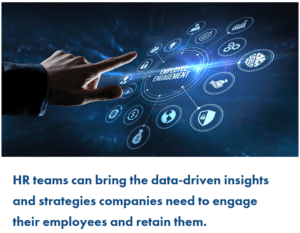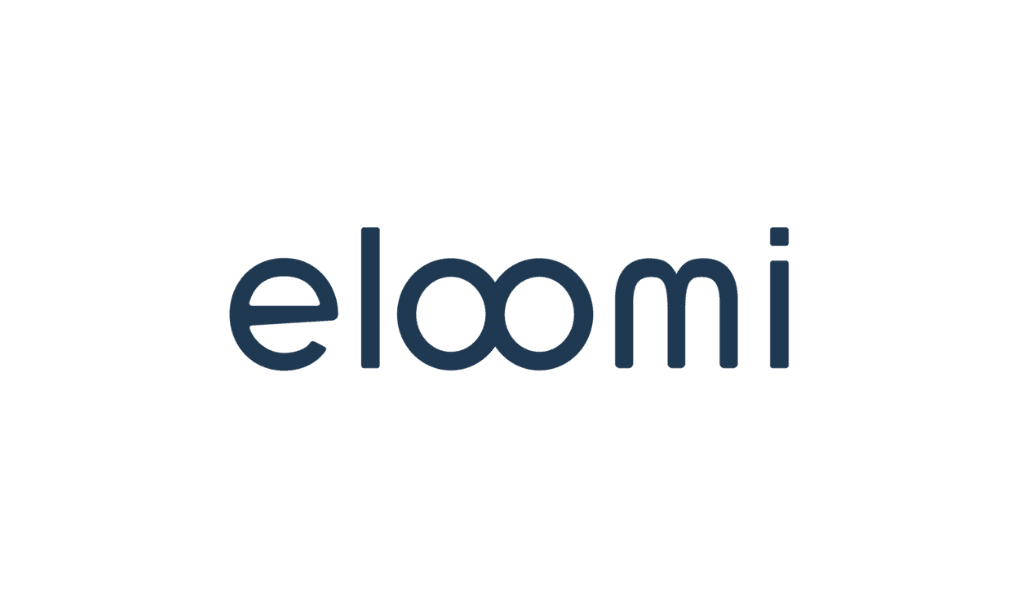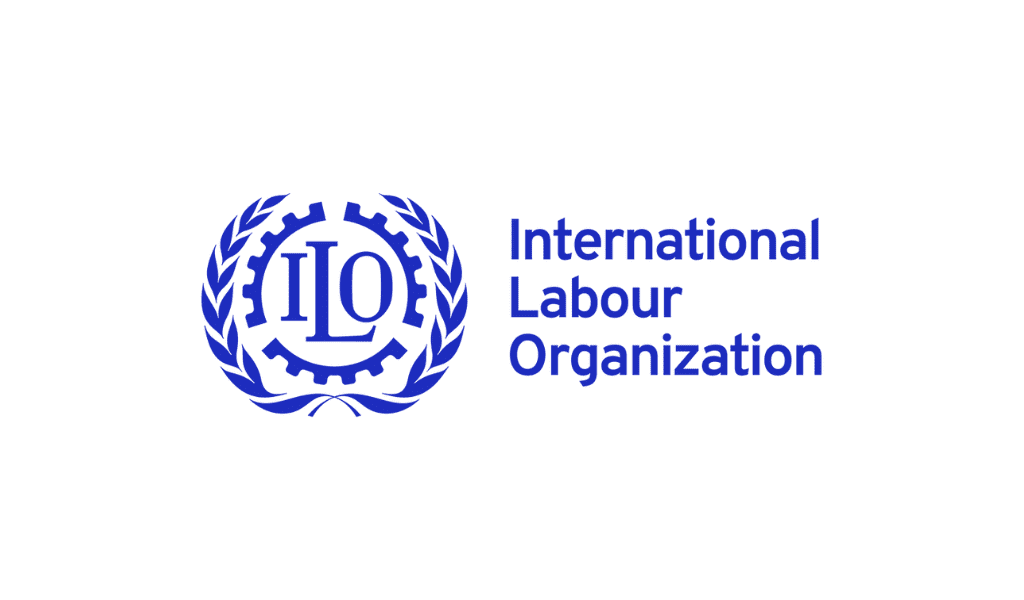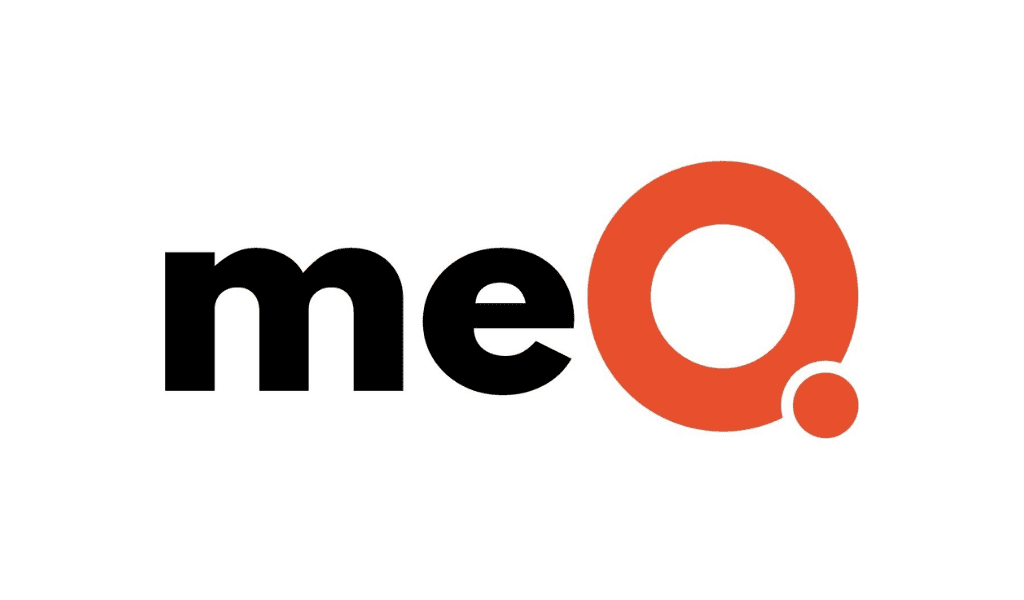Four trends that will change the way organizations operate in 2023.
By Paul Rubenstein
The uncertainty of the pandemic thrust HR into the spotlight as teams guided organizations through the challenges of drastically shifting work environments. Three years later, the roles and responsibilities of the HR professional continue to evolve.
The pandemic forced employers to pay more attention to the employee experience (EX) in business operations. But now, a host of new risks are on the horizon; a recession seems all but certain in 2023; spending on talent is up, but productivity is down. This could be an all-out talent crisis by the end of the decade.
HR departments can’t impact talent and business outcomes as the keepers of company policies and procedures. HR teams must help everyone make better decisions to unlock the value of the asset that is at the intersection of human capability and financial capital—people.
Trends on the Horizon
Workplace dynamics and employee needs are constantly evolving. But that doesn’t mean business leaders have to fly blind when creating people-centric policies. HR teams can bring the data-driven insights and strategies companies need to engage their employees and retain them.
Here are four trends that will change the way workplaces operate in 2023—and how HR professionals should respond.
1. C-suite expects even more from HR. Stay-at-home mandates in 2020 left organizations scrambling to figure out how to keep the business running. Company leaders tapped HR to maintain productivity, communication, and culture as employees transitioned to remote and hybrid work. The companies that thrived over the past three years owe a debt of gratitude to their HR teams.
Beyond the challenges of hybrid work, the pandemic, and employee health is a need for HR to elevate the quality of decisions about work and talent. The CEO evaluates the CFO around their ability to connect all the distributed financial decisions to a single strategy. The CEO will now have that same expectation of the CHRO. The key role of the chief people officer is here to stay, —and it will be up to these leaders to demonstrate HR’s business impact.
The best way for HR leaders to connect both business and talent strategy to everyday decisions is to act like a CFO, and bring evidence to the table. People data and analytics can show decision-makers the impact employees have on the business (and vice versa) to inform strategies around hiring, compensation, professional development, and retention.
2. Economic headwinds won’t alleviate talent supply challenges. It’s tempting to think the likelihood of a recession in the coming months will shift the workplace dynamic back toward management. It makes sense: During periods of uncertainty, employees typically think twice before exiting the organization. As a result, some organizations may change course and embrace more employer-centric policies. But that is a narrow view of the broader picture—labor trends indicate the job market will remain tight throughout 2023, which means unempathetic employers can expect continued churn in their workforce.
Companies can get ahead of turnover by proactively adopting retention strategies. People data and analytics can identify at the intersection of business impact and burnout, so conversations about salary, career progression, and engagement can happen before it’s too late. Data tools can also segment criteria to make sure we aren’t just throwing money at each situation. Sometimes, it’s simply about career and culture.

HR teams can bring the data-driven insights and strategies companies need to engage their employees and retain them.
3. Company cultures need to accommodate a hybrid workforce. Half of business leaders require employees to work in-office five days a week or plan on instituting such a policy within the year. These decision-makers often cite culture and collaboration as reasons why they want everyone in the office, but many hybrid and remote workers say they would consider quitting if forced to go back to the office full-time. Given the economy and labor market, companies can’t alienate a significant portion of their talent pool. Instead, company cultures must strike a balance between organizational needs and employees’ work preferences.
Balance comes from communication and transparency. HR can create transparency for employees around work policies by remaining receptive to input, adaptable to changing preferences, and communicative about expectations and decisions. When possible, company leaders should look for opportunities to compromise, which will most likely result in a hybrid model.
However, there’s no one-size-fits-all answer for every organization. Each employee has their own preferences, and leaders need to trust teams and individuals to determine the work location that’s best for them. At the same time, employers can pair flexibility with collaboration spaces and in-person events to ensure connectivity and camaraderie remain intact.
4. Forward-thinking leaders will look to people data for solutions. Business is driven by data, but not all data is used effectively. Many organizations fail to apply workforce insights to decision-making processes, creating a disconnect between organizational goals and staffing. And this disconnect has proven costly. North American organizations with minimal or no use of people analytics in business decisions leave a combined total of $1.8 trillion in economic value on the table.
HR leaders can drive leadership conversations about people analytics insights to inform strategies and make progress on organizational objectives. In the same way that HR relies on workforce data to make decisions about people management, executives are seeing the value of people data to achieve better organizational outcomes.
Business outcomes and EX have never been more intertwined, and the quantifiable impact they have on each other is in workforce data. But people analytics isn’t the only data source that matters. HR technology can also help integrate workforce insights with other categories of data—like financial and industry information—to aid with complex decision-making.
HR professionals are the guiding presence that creates alignment between employers and employees and nurtures productive, engaging, and supportive work environments. These trends won’t be the only ones that impact the corporate landscape in 2023. But regardless of the workplace challenges that arise, organizations will count on data-driven HR leaders to develop and lead initiatives that prepare them for the new normal of work.
Paul Rubenstein is chief people officer for Visier.














